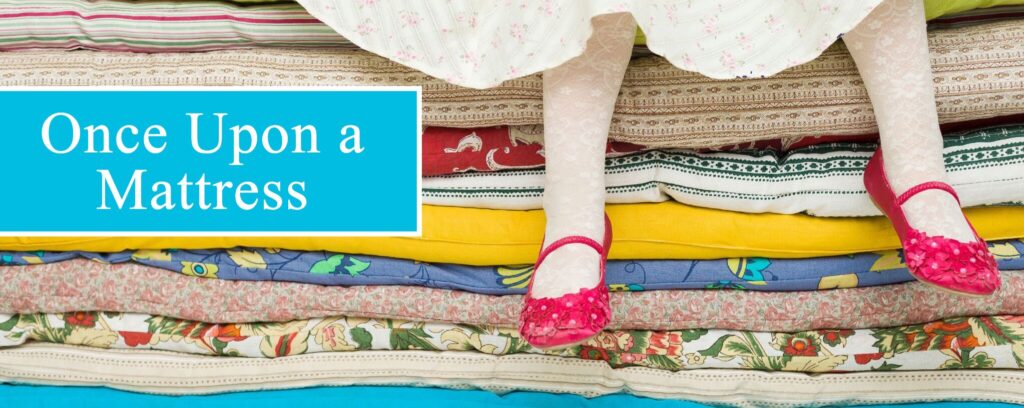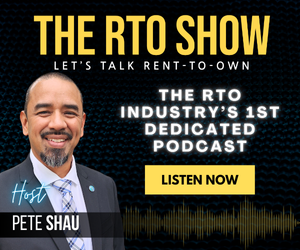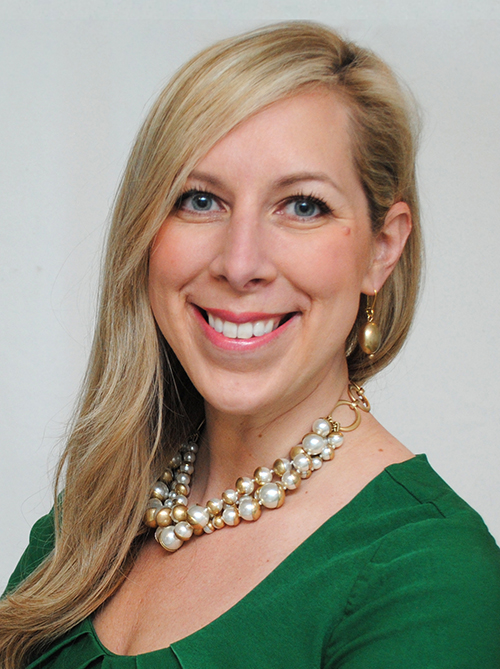
The message of the Broadway musical (1960) and later TV movie (2005) Once Upon a Mattress is that true love will find a way, princesses are delicate, light sleepers and, incidentally, a good mattress – or 20, as the case may be – is important for a good night’s sleep. The plot is derived from Hans Christian Andersen’s fairy tale, The Princess and the Pea. I hope you know the story; it means someone read to you while you were growing up and you likely had a happy childhood. If not, well, one hopes you have moved far beyond your deprived childhood. Now, on to mattresses.
Mattress rentals have proven enduringly strong during the pandemic and are continuing as the malady wanes. A Midwestern rental dealer told me at RTO World that in May, his company rented more mattresses than TVs.
If people are going to be stuck at home – and there are still millions of employees working from there – they want to be comfortable, and a sure sign of comfort is a good mattress. If people are at home longer, they are going to be in bed longer – sleeping, working, napping, reading, eating, watching TV, and who knows what else. It’s a small wonder that bedding is renting better than ever.
Shopping for a mattress can be a confusing and frustrating process. There are near limitless options, and customers must make choices about materials, fabrication, size, and other variables. You want to give shoppers enough information to make an intelligent decision and yet, not so much that they can’t make up their minds and leave your store bewildered and without renting anything. And the vast diversity in the mattress industry can do that to a person.
Mattresses were once stuffed with straw, hay, leaves, or reeds, and depending upon the culture and climate, were either on the ground or elevated by some sort of frame – be it primitive or ornate. The twentieth century saw remarkable progress in mattress fabrication. Latex foam was first created in the 1920s, with the first latex mattresses being introduced in the 30s. Around the same time, innerspring mattresses modernized and became popular. Memory foam – actually viscoelastic polyurethane foam – was invented by NASA in the 70s and was introduced into mattresses in the 90s. Airbeds gained in popularity around the same time. Hybrids got more popular this century. Well-stocked dealers feature some or all of the mattress variations in their showrooms.
Rent-to-own dealers report that mattresses stick pretty well. The bedroom furniture might come back, and the mattress might end up on the floor, but customers want a good night’s sleep, and that is hard to do without a good mattress.
Mattresses do come back, however seldom, and mattress returns have their own set of issues. At least one major RTO company will not accept mattress returns. If the customer insists on giving the mattress back, the company will arrange for a pickup and delivery to a local charity via third-party transport. This business decided the risks of bedbugs infesting the back room and the danger of transmitting blood-borne pathogens outweighed any gains from re-renting used bedding.
Dealers who do re-rent mattresses often have significant hurdles imposed by state and local health departments, intended to ensure the cleanliness and safety of used bedding. By way of quick example, a few years ago, the Southern District of Nevada Health Department issued a regulation requiring used mattresses to be steam-cleaned under pressure for 45 minutes in an autoclave – even though there were no autoclaves for mattresses outside of hospitals in the district. Rental dealers quickly applied for and attained waivers for their businesses.
The mattress industry has come up with various tools to help dealers with used mattresses. There are waterproof, virtually airtight casings, for example, intended to go on new mattresses before delivery. The casing is then discarded when the unit is picked up, and a new casing is provided for the next rental.
“Make sure your folks on the floor are knowledgeable about your mattress offerings and about any applicable recycling fees you have to collect.”
Customers who rent mattresses may have worn-out bedding to be disposed of before the new rental mattress can be delivered. Mattress returns are sometimes so soiled or otherwise abused that they are not suitable for re-renting. Most mattresses that fall into this category end up in a landfill, but the non-profit Mattress Recycling Council sees that phenomenon as wasteful and wants to change it. The Council maintains that used bedding can be broken down and its parts recycled with relatively little effort, and has been able to get mattress recycling laws enacted in three states: California, Connecticut, and Rhode Island. Those laws impose fees on the sale of new mattresses, designed to facilitate recycling in those states. The Council’s goal is to get mattress recycling laws approved in all 50 states.
Mattress rentals have been on the rise and dealers, generally, are feeling bullish about the sector. Make sure your folks on the floor are knowledgeable about your mattress offerings and about any applicable recycling fees you have to collect. That means training your folks to be able to explain the features and benefits of different kinds of mattresses, and to do more than say, “The mattresses are over there.” Make your displays attractive and inviting. Customers want to try out mattresses by lying on them, and you want to encourage them to do so as often and for as long as they like – short of spending the night in your store. You will need to have health protocols in place for all the lying about, but the payoff will be more mattress rentals and a healthy bump in BOR. Happy renting!
Ed Winn III serves as APRO General Counsel. For legal advice, members in good standing can email legal@rtohq.org.









